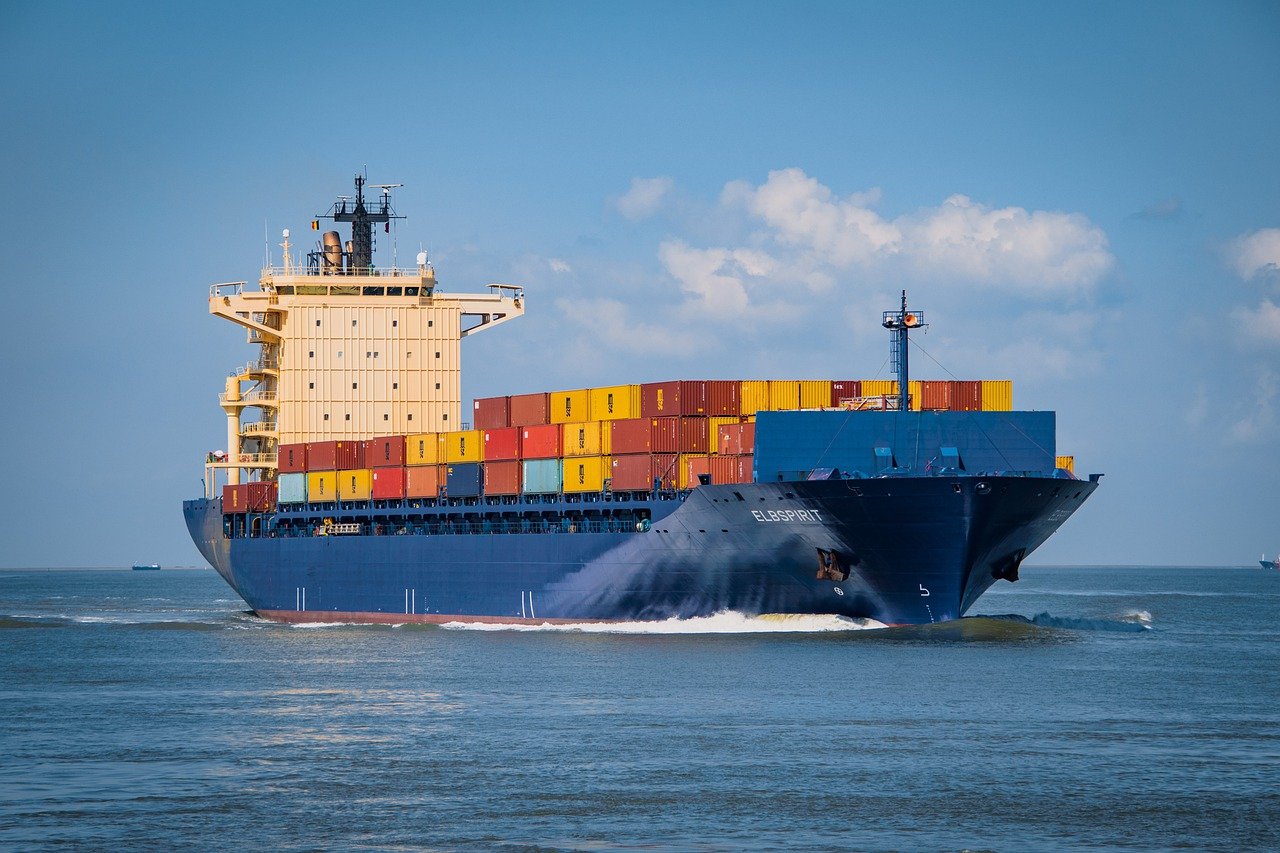Ammonia as Marine Fuel
• Green Ammonia (NH3) is a fully zero emission fuel and can be produced at scale using renewable energy.
• Green ammonia is made using green hydrogen (Hydrogen obtained by electrolysis using renewable energy) and Nitrogen from the air and is a type of e-fuel or electrofuel.
• Ammonia has a lower energy density than conventional fuels, hence requiring a large volume for storage, though it can be easily liquified by cooling it to -33C or compression to 10bar.
• Ammonia can be used in an diesel engine or gas turbine with modifications or in a fuel cell.
• Ammonia is toxic and slightly flammable in nature, and currently there are no regulations with respect to ammonia bunkering.
• Current price of green ammonia is almost twice that of conventional fuels.
• Green ammonia is made using green hydrogen (Hydrogen obtained by electrolysis using renewable energy) and Nitrogen from the air and is a type of e-fuel or electrofuel.
• Ammonia has a lower energy density than conventional fuels, hence requiring a large volume for storage, though it can be easily liquified by cooling it to -33C or compression to 10bar.
• Ammonia can be used in an diesel engine or gas turbine with modifications or in a fuel cell.
• Ammonia is toxic and slightly flammable in nature, and currently there are no regulations with respect to ammonia bunkering.
• Current price of green ammonia is almost twice that of conventional fuels.
Production of ammonia from fossil fuels like natural gas and coal is highly energy intensive and defeats the purpose of it being zero emission. However, if produced from water using renewable energy it is virtually emission free.
Ammonia's volumetric energy density is broadly similar to methanol and higher than hydrogen, making onboard storage economically feasible, albeit not as compact as the heavy fuel oil (HFO) used today. Hydrogen requires cryogenic tanks maintained at -253°C, while ammonia requires less cooling and can be stored at temperatures of around -33°C.
A worldwide ammonia distribution system is already in place, but fuel needs to be available in the right locations at the right volumes. Ammonia is also corrosive in nature and piping systems and tanks must be made using appropriate materials. Bunkering can be carried out using similar infrastructure to LPG with slight modifications. Onboard, storage under pressure is preferred to refrigeration to avoid the liquification system.
Ammonia can be used in diesel combustion engines with modifications like adding a pilot fuel system or a dual-fuel model. It can also be directly burned in a gas turbine with higher efiiciencies. Fuel cells can use ammonia but are currently under development for higher power densities.
Considering non CO2 emissions after combustion of ammonia, a NOx removal system must be installed.
While ammonia is not highly flammable, concentrations in air as small as 0.25% can cause fatalities, making the fuel highly toxic to people.
Ammonia is also soluble in water and effects on marine life must be considered when using it as marine fuel.
Ammonia can easily be detected due to its pungent smell even at low concentrations making a spill easy to mitigate before the concentrations become threatening.
